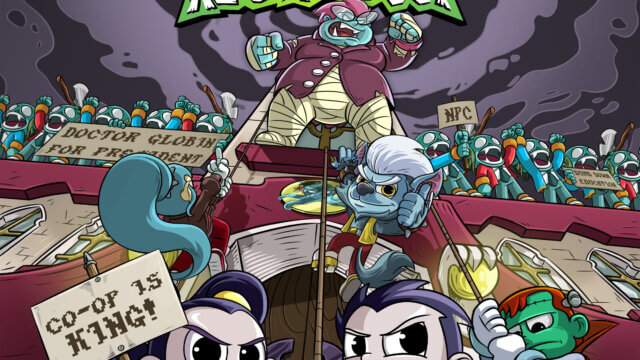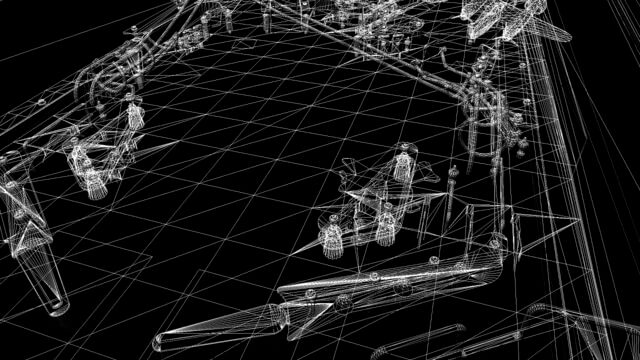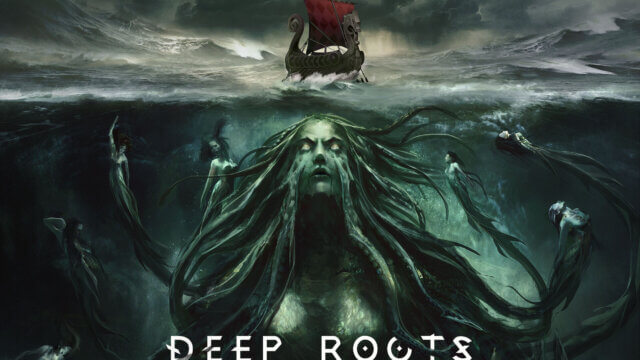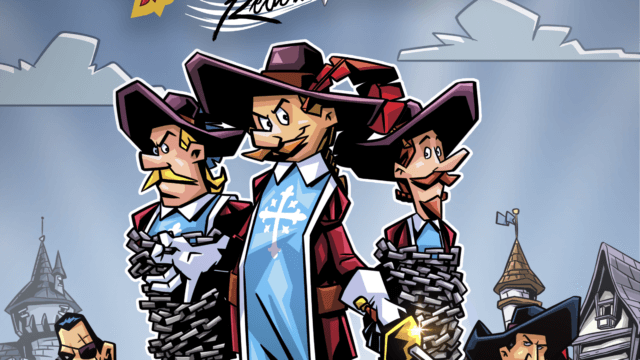
The History of Western Music: Six Classical Stages of Evolution
July 10, 2020 — Music has been a part of human culture since time immemorial. However, when discussing the history of music in Western civilization, six distinct periods are normally referred to. The Folk and Church Medieval, the Renaissance, Baroque, Classical, Romantic, and last but not least — Modern Classical — a period that covers the 1800s and 1900s (aka the 19th and 20th centuries.)
In this article, we’ll be taking a look at each period. Dates aren’t strict — there is always some overlap between artistic trends. Still, each stage of musical evolution can be broadly defined by using particular compositional techniques and artistic preferences.
Folk & “Church” Medieval (500 CE – 1400 CE)
Not much evidence has survived to tell us about any formal musical techniques of the ancient world. It is only from the later “church medieval” era that we have surviving written notation that more or less exactly conveys how music at the time sounded.
The church was not only the center of literacy and learning in the middle ages but also a patron of artistic and creative endeavours, including music. Most of what we know from this time is sacred music written and performed to praise God or religious rituals.
The most famous example of Church Medieval music is the Gregorian Chant, a single, unaccompanied melodic line and plainsong typically sung by monks that developed in the Roman Catholic Church in the 800s and 900s. Also developed around the same time, Polyphony is a somewhat similar technique but one that makes use of multiple vocal lines. European “polyphony chanting” rose out of melismatic organum, the earliest harmonization of multi-vocal lines. Composers active in the 1100s, such as Léonin and Pérotin, added a third and fourth voice to the chanting.
In the 1200s, the polyphonic chant-based tenor developed further. It became altered, fragmented, and hidden beneath secular tunes — even obscuring the sacred texts — as composers continued to explore the technique. Love poems were sung on top of religious texts in the form of a trope, and such texts where also placed within well-known folk-melodies. The oldest surviving piece of Folk and Church Medival music was written in 1240 and is known as the “Sumer is icumen in” which translates to “Summer has come in” or “Summer has arrived” — an English song called a “rota” or round, effectively a canon for several voices (in this case, six.) The celebration of summer provided by “Sumer is icumen in” is similar to that of spring in the French poetic genre known as the “reverdie” (which can be translated to re-greening.)
The iconic instrument of the Church Medieval is considered by many to be the lute, which can often be seen depicted in the hands of medieval troubadours. Other stringed instruments such as harps and lyres were popular too, especially in non-Christianized areas of Northwestern Europe, in addition to simple woodwinds like the flute and recorder. Unsurprisingly, the organ was prominent in “Church music.”
Most music texts from this period do not even mention their author, but we do know of a few famous composers, among them Francisco Landini and Hildegard von Bingen.
The Renaissance (1400 CE – 1600 CE)
Renaissance composers expanded on the music of the middle ages by introducing more harmony and polyphony. The focus was still on religious music, but some composers also adopted secular forms like ballads and madrigals.
The Renaissance was a golden age for choral music, especially a cappella. Instrumentation also became more popular. Trumpets and drums featured more often. The harpsichord, a keyed instrument that was the ancestor of the modern piano, also rose to prominence during this time. We also see the emergence of small guitars used as rhythm instruments in ensemble pieces.
It wasn’t just musical technology that made a difference. The invention of the printing press was also important in distributing musical ideas and preserving compositions for posterity.
Music theory also developed and became complex towards the end of the Renaissance, with the organization of major and minor scales. The concept of music written in a defined key also became prominent and would continue into the next eras.
Baroque (1600 CE – 1750 CE)
The European baroque movement became synonymous with intricate, complicated arrangements, and music is no exception. In fact, the term baroque was first applied to music as an insult, meaning overly indulgent or unnecessarily complicated. This period saw more complex pieces of music with intricate harmonies.
Art music moved away from vocal-centered pieces. Many familiar instrumental forms emerged such as the orchestra, opera, concerto, sonata, and cantata. These works were enjoyed by societal elites as secular entertainment rather than serving a religious function.
New instruments were invented. We see the emergence of the oboe, bassoon, and contrabass. The string section was fortified with the violin, viola, and cello. Stronger percussion instruments such as the snare drum and timpani give this new complex, dramatic music some extra oomph.
Baroque composers like Johann Sebastian Bach, George Frederick Handel, and Antonio Vivaldi are considered to be among the all-time greats and set the stage for the transition to classical music.
Classical (1750 CE – 1820 CE)
The term “Classical Music” can be used more broadly to describe all Western high culture music (as opposed to folk or popular music), but the specific classical period of music dates from the 1750s to the early 1820s.
It’s no surprise that this era is given such prominence as THE classical musical period. We’re now in the time of true artistic giants — superstars such as Wolfgang Amadeus Mozart, Ludwig Van Beethoven, and Franz Schubert.
During the Classical era, composers curbed the excesses of baroque in favor of precision and clarity. It was the golden age of the orchestra, as they became bigger, more powerful, and more popular. The piano fully supplanted the harpsichord as the main key instrument.
Romantic (1820 – 1900)
The romantic era was all about bombast, drama, and intense emotion. Orchestra sizes swelled to deliver even more powerful sounds. Public concerts and operas also made music more accessible to the middle classes.
The Romantic period also saw national music schools emerge, and interest in national mythologies and epics as a thematic subject. Frederic Chopin, Felix Mendelssohn, Robert Schumann, Franz Liszt, Johannes Brahms, Peter Ilyich Tchaikovsky, and Richard Wagner, and Sergei Rachmaninoff are all part of this era.
Modern Classical (1900 – present day)
Here’s where things start to break down a bit. You might think the rise of pop music genres consigned classical music to history. But this couldn’t be further from the truth. New technology and the greater accessibility of a musical education mean that classical music is evolving and diversifying at a faster rate than ever.
The 1900s and 2000s have seen the emergence of several diverse and contrasting genres such as impressionist, expressionist, modern, postmodern, minimalist, new complexity, and contemporary classical music. Igor Stravinsky, Claude Debussy, and Arnold Schoenberg are prominent composers from the 1900s, but the scene has many more influential artists.
The common thread linking musical development is there is no longer any one way to do things in classical music. Freed from the constraints of a musical orthodoxy, contemporary composers experiment with new forms and techniques. Atonal music, electronic instruments — anything goes. Influences from the past can be revived with a new spin: medieval, Renaissance, and romantic musical compositions have all been reworked with modern resources.
Modern Classical music may well be in its most dynamic era, even if it doesn’t dominate the charts. But we haven’t forgotten what we owe to the past. Even after over a millennium of musical evolution, timeless classics from history continue to move us and inspire new creations.
The oldest surviving piece of Folk and Church Medieval music was written in 1240 and is known as the “Sumer is icumen in” which translates to “Summer has come in” or “Summer has arrived”.






